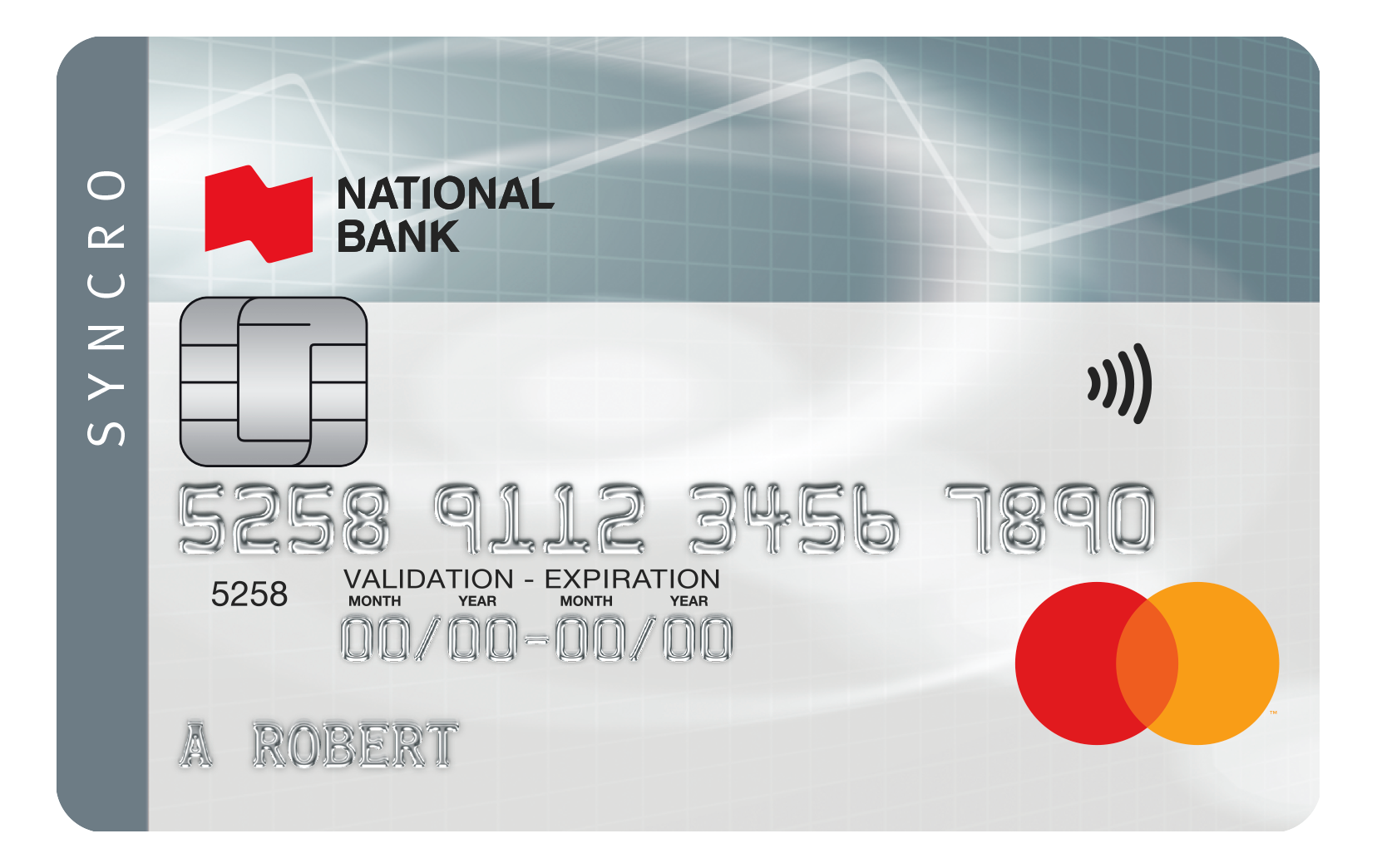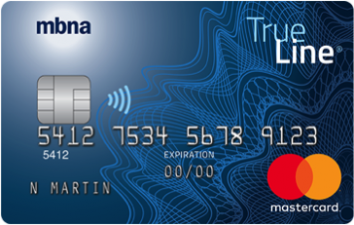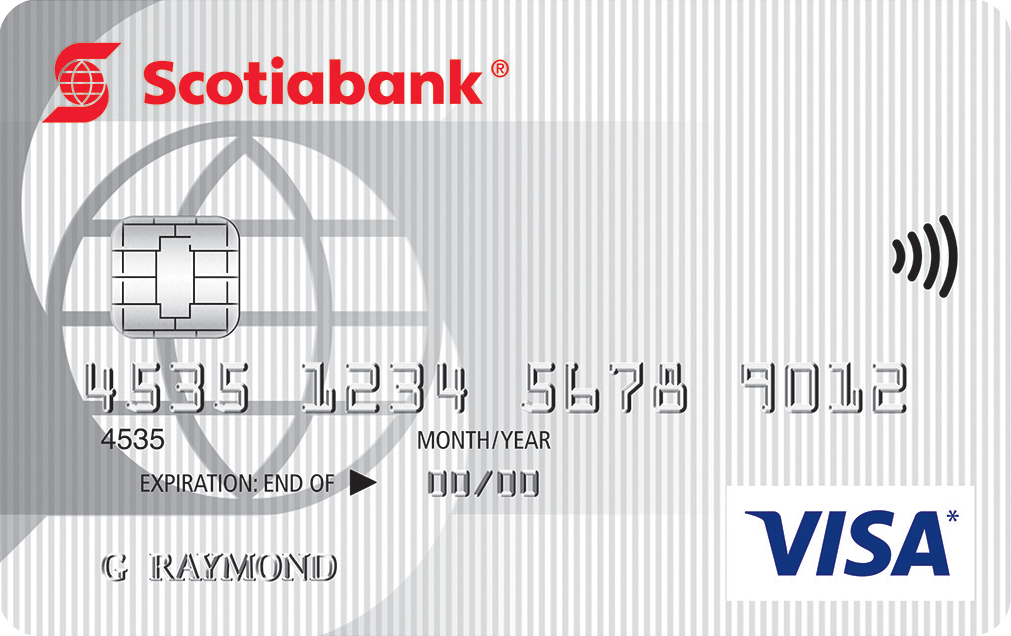
Low Interest Rate Credit Cards
Credit cards can provide an excellent way to build your credit history. They allow you to shop online, book travel arrangements and have a source of payment in emergency situations. However, high interest rates can make a negative impact on your finances quicker than you might think. That’s why low interest rate credit cards offer more advantages for those seeking a credit card option when they are short on cash. Here’s everything you need to know about low interest rate credit cards.
What is a Low interest rate credit card?
Every credit card applies an interest rate based on an annual percentage rate (APR). Credit cards with the lowest APRs tend to have the lowest interest rates. To be considered a low interest credit card, you are usually looking at an APR range starting at 12% to 14%. Interest applied to purchases fall into a range from 10% to 15% compared to the average of 19% to 22%.
How do Low interest rate credit cards work?
As mentioned, all credit cards have an APR and interest rate. The interest rates displayed refer to the APR. However, credit card providers then break down that APR and apply it to any unpaid balance carried on your credit card statement. Canadian credit cards tend to have purchase interest rates sitting around 19.99%.
However, low interest rate credit cards, have lower rates. Purchase interest is only paid on balances typically carried after 21 to 25 days of the time the statement is sent. Once the grace period passes, interest is charged from the day of each purchase, not the statement date.

Low interest rate credit cards advantages
There are basically three advantages to low interest rate credit cards:
- Lower Interest Charges: A low interest rate credit card saves you money on monthly interest charges. If you tend to carry a balance, you pay more towards the principle borrowed which means it can be easier to pay down your balance. For example, a rate of 10% could save up to 50% off your interest charges compared to what you would pay on the average interest rate each month.
- Lower Yearly Fees: Because low interest credit cards come with very little perks you can usually find them with zero yearly fees, or at least very low fees.
- Assists with Debt Relief: The higher the interest rates, the harder it can be to repay credit card balances. Because interest continues to build up, even if you stop using your credit card until the balance is paid, you are still being charged interest on the balance. With lower interest rates, debt becomes more manageable. In fact, many people will choose a low interest rate credit card to pay off balances of higher interest rate cards to reduce the impact of owing money with a high rate of interest.
Low interest rate credit cards drawbacks
Despite the low interest rates there are some drawbacks to consider:
- Limited Perks: Low interest rate credit cards don’t offer extensive programs that you might enjoy such as cash-back rewards or travel points. The main benefit lies in the low interest rate. If you don’t tend to carry a balance, there aren’t really any benefits to a low interest credit card.
- Debt Build-up: Despite the low interest rates, sometimes it is easier to get caught up in carrying a balance since the interest rate is low. However, this can become a habit, so you end up paying more interest in the long run as you don’t feel a sense of urgency to pay down the balance.
- Balance Transfer Fees: If you have your eyes on a low interest credit card to transfer higher interest rate balances and pay off debt, you could end up paying a very high transfer fee that offsets any financial benefits of the lower interest rate.
- Higher Cash Advance Rates: While there is a low interest rate for balances, the interest rate charged for cash advances can be higher.

How to choose a Low interest rate credit cards
Because there are so many credit cards available, it is best to consider each card’s value. Some points to look at include:
- Sign Up Incentives: Is there any form of incentive that is making it more inviting to sign up for this card? Although low interest rate credit cards tend to be pretty bare bones in rewards or incentives, you might find some lenders offering a better incentive.
- Annual Fees: Many low interest rate credit cards are available without fees. There’s no point having to pay an annual fee if it eats into any savings you might enjoy from the lower interest rate.
- Introductory Offers: Is the interest rate only low as an introductory offer? If so you might end up paying a far higher rate once the offer expires.
Basically, you want to find the lowest interest rate, with zero or very low annual fees and when possible, a little incentive thrown in for good measure.
Why choose a no annual fee credit card?
When you choose a no annual fee credit card you can save an average of $25 to $195 each year. Just keep in mind an annual fee is different from other fees such as late fee charges.
Bottom line
Low interest rate credit cards are ideal for those who tend to carry a balance. They can save you hundreds or even thousands in interest charges depending on the interest rate and how much you owe. There is a bit of a catch in that usually the lowest interest rates are available to those with the best credit ratings. So in order to take advantage of the low interest rate credit card you need to apply while your credit rating is still in good standing, not after you have fallen into debt.
FAQ’s
What credit card in Canada has the lowest interest rate?
The MBNA True Line Gold card offers has one of the lowest interest rate:
- An 8.99% standard interest rate on purchases and balance transfers
- Low $39 annual fee.
- Add up to 9 authorized users with no additional annual fee
When should you use a low interest credit card?
People with good credit scores who need to make a large purchase they need to pay off over time will benefit the most from a low interest credit card.

What is the difference between fixed rate and variable rate credit cards?
A fixed rate maintains the same interest rate while a variable interest rate can change over time based on market trends. Both have their pros and cons including:
Fixed Rate
- Remains stable over time
- The better your credit score, the lower your fixed rate will be
- You never have to worry about what is happening in the market
- No need to monitor changing rates
- If interest rates go down, you could miss out on savings
- Fixed loan interest rates tend to be higher than variable loans in general
Variable Rate
- Tend to be lower rates compared to fixed rates
- Lower rates can save you money over time
- Not as stable which can lead to uncertainty
- Your payments rise with interest rate increases so you pay more interest
- Requires monitoring so you know how much interest you pay from month to month
- Not safe if your finances can’t withstand changes in payments
When considering which is best for you, fixed loans are better for those on a budget while variable loans are suited to those who can withstand more risk should interest rates rise.
What is the best credit card with lowest interest rate?
The MBNA True Line Gold card has one of the lowest interest rate:
- An 8.99% standard interest rate on purchases and balance transfers
- Low $39 annual fee.
- Add up to 9 authorized users with no additional annual fee
What is a balance transfer credit card?
A balance transfer credit card is usually offered at a lower interest rate. They allow you to move a credit card balance from an existing card to a different credit card. They are often available at impressive introductory APRs as low as 0%. This can be hard to pass up if you have a lot of money owing on a high interest credit card.
They make sense if you are able to pay off your balance before the special 0% interest rate offer expires. This allows you to pay down your balance interest free, saving you hundreds or even thousands of dollars depending on how much you owe.
However, they can also be too good to be true. For example, the 0% introductory offer could end before the balance is paid leading to higher interest rates. It’s also important to keep in mind the cards you wish to transfer from could charge a very high transfer fee. Depending on the balance, the fee, and your savings, it might not be worth it.
As well, some cards do not allow you to transfer balances for cards issued from the same lender. So if you have a lower interest rate or zero-interest introductory offer from the same bank where you want to transfer the money from, you might not be allowed to proceed with your plan. Last, but not least, on transferred balances, you can also face cancellation of the introductory zero interest rate if you don’t make your payments on time.








